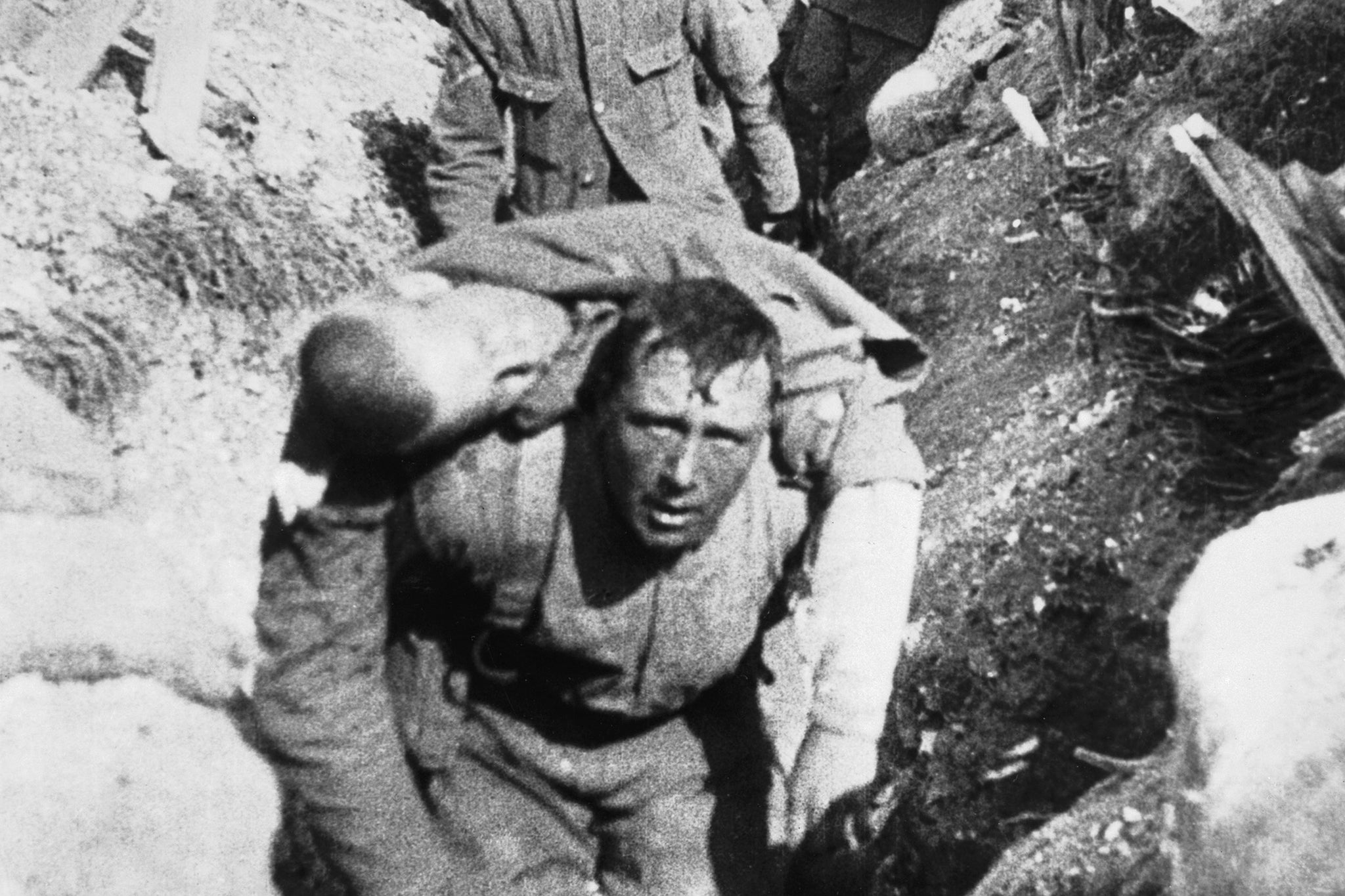How the horror and trauma of the trenches gave the world its two greatest war poets
Huge numbers of soldiers were treated for shell shock during the First World War. The condition was little understood but from its suffering emerged the most remarkable and enduring poetry from Siegfried Sassoon and Wilfred Owen. In an extract from his new book, ‘Soldiers Don’t Go Mad’, Charles Glass tells the story of their illness, treatment and friendship

All the armies in the First World War had a word for it: the Germans called it Kriegsneurose; the French, la confusion mentale de la guerre; the British “neurasthenia” and, when Dr Charles Samuel Myers introduced the soldiers’ slang into medical discourse in 1915, shell shock. Twenty-five years later, it was “battle fatigue”; by the end of the 20th century, it became post-traumatic stress disorder (PTSD).
In December 1914, a mere five months into “the war to end war”, Britain’s armed forces lost 10 per cent of all frontline officers and 4 per cent of enlisted men, the “other ranks”, to “nervous and mental shock”.
An editorial that month in the British medical journal The Lancet lamented “the frequency with which hysteria, traumatic and otherwise, is showing itself”.
Subscribe to Independent Premium to bookmark this article
Want to bookmark your favourite articles and stories to read or reference later? Start your Independent Premium subscription today.
Join our commenting forum
Join thought-provoking conversations, follow other Independent readers and see their replies